ONLINE VACATION
BRYCE CANYON, UTAH, USA
3/8/14
Hi Everyone. Today's trip is to Bryce Canyon National Park near Cedar
City, Utah. Get your hiking boots on because we might have to walk a
little distance to get to it.
Bryce Canyon National Park is a national park located in southwestern
Utah in the United States. The major feature of the park is Bryce
Canyon, which despite its name, is not a canyon but a collection of
giant natural amphitheaters along the eastern side of the Paunsaugunt
Plateau. Bryce is distinctive due to geological structures called
hoodoos, formed by frost weathering and stream erosion of the river
and lake bed sedimentary rocks. The red, orange, and white colors of
the rocks provide spectacular views for park visitors. Bryce sits at a
much higher elevation than nearby Zion National Park. The rim at Bryce
varies from 8,000 to 9,000 feet.
The Bryce Canyon area was settled by Mormon pioneers in the 1850s and was
named after Ebenezer Bryce, who homesteaded in the area in 1874. The
area around Bryce Canyon became a National Monument in 1923 and was
designated as a National Park in 1928. The park covers 35,835 acres
and receives relatively few visitors compared to Zion National Park
and the Grand Canyon, largely due to its remote location.
The weather in Bryce Canyon can go to extremes. The park receives an
average of a total of 15 to 18 inches of rain per year. Yearly
temperatures vary from an average minimum of 9 °F in January to an
average maximum of 83 °F in July, but extreme temperatures can range
from −30 °F to 97 °F. The record high temperature in the park was
98 °F on July 14, 2002. The record low temperature was −28 °F on
December 10, 1972.
More than 400 native plant species live in the park. There are three life
zones in the park based on elevation. The lowest areas of the park
are dominated by dwarf forests of pinyon pine and juniper with
manzanita, serviceberry, and antelope bitterbrush in between. Aspen,
cottonwood, Water Birch, and Willow grow along streams. Ponderosa Pine
forests cover the mid-elevations with Blue Spruce and Douglas-fir in
water-rich areas and manzanita and bitterbrush as underbrush.
Douglas fir and White Fir, along with Aspen and Engelmann Spruce, make
up the forests on the Paunsaugunt Plateau. The harshest areas have
Limber Pine and ancient Great Basin Bristlecone Pine, some more than
600 years old, holding on.
The forests and meadows of Bryce Canyon provide the habitat to support
diverse animal life, from birds and small mammals to foxes and
occasional bobcats, mountain lions, and black bears. Mule deer are
the most common large mammals in the park. Elk and pronghorn,
which have been reintroduced nearby, sometimes venture into the park.
I hope you enjoy seeing the beautiful area of Bryce National Park in
southwestern Utah.
~Marsha~
BRYCE CANYON
AMPHITHEATER







MISCELLANEOUS




HOODOOS (STATUE-LIKE ROCKS)

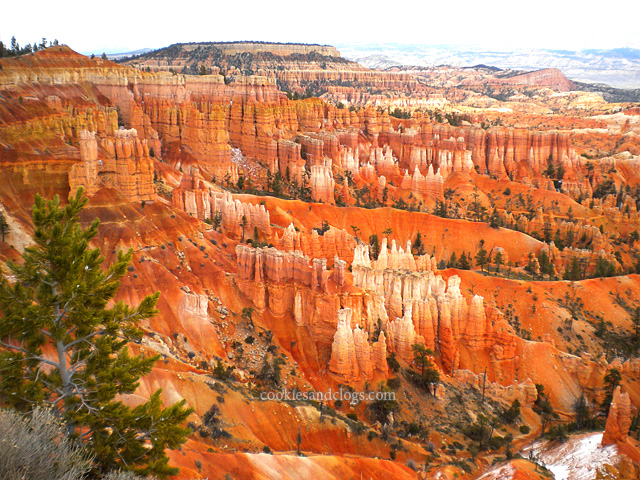



NATURAL BRIDGE
EROSION OF SEDIMENTARY ROCKS HAS CREATED NATURAL ARCHES.



THOR'S HAMMER

TRAIL THROUGH THE CANYON
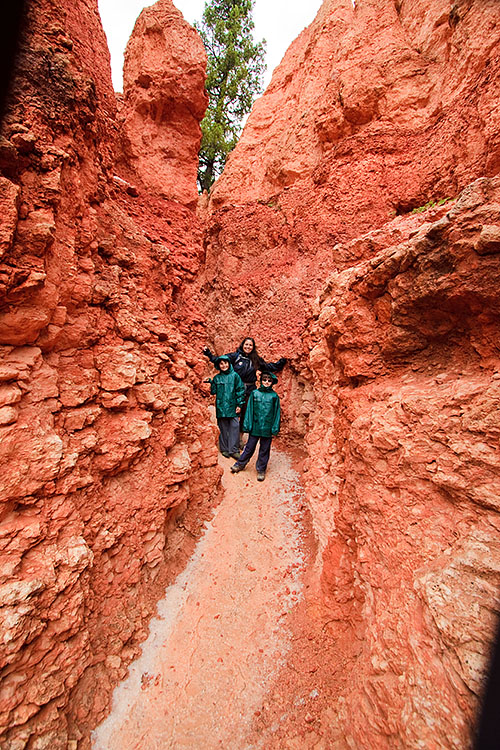

BRYCE CANYON LODGE (BUILT 1924)

VISITOR CENTER

****************************************************
WILDLIFE OF BRYCE CANYON
MULE DEER
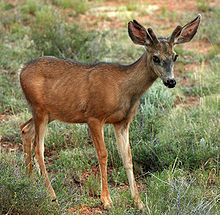


BIRDS
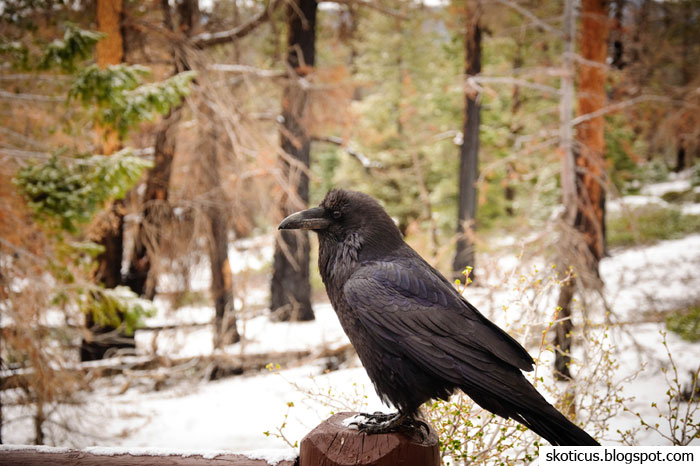

CHIPMONK


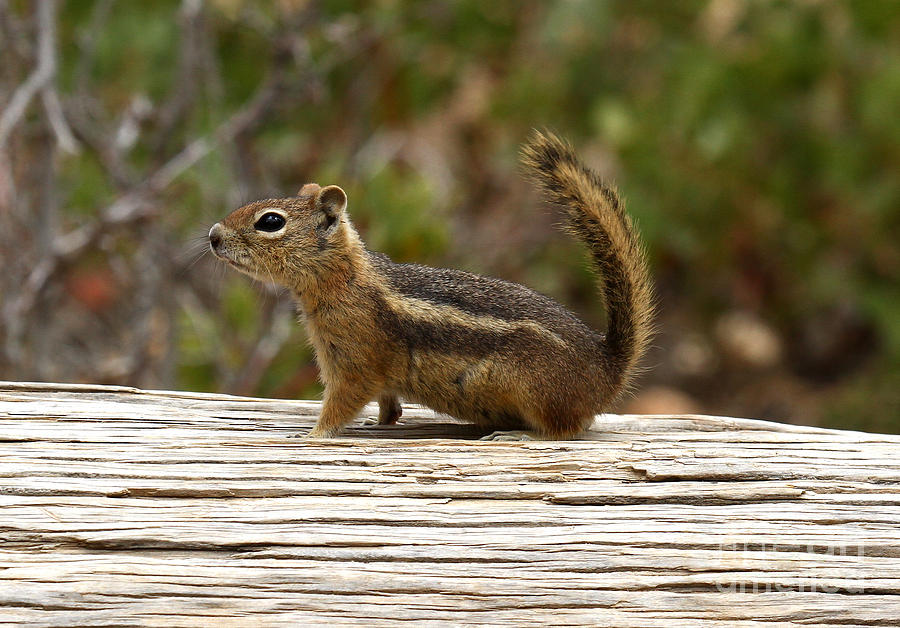
PRONGHORN ANTELOPE





COYOTE

TURKEY

BIGHORN SHEEP

MOUNTAIN LION

PRAIRIE DOG

*************************************************************
PLANTS AND TREES IN BRYCE CANYON
PAINTED PENSTEMON FLOWERS

COLUMBINE FLOWERS

CLARET CUP CACTUS

EVENING PRIMROSE

UNKNOWN FLOWERS











PINYON PINE



JUNIPER



MANZANITA



SERVICEBERRY



ANTELOPE BITTERBRUSH


ASPEN TREE


COTTONWOOD TREE



WATER BIRCH TREE


WILLOW TREE


PONDEROSA PINE TREE


BLUE SPRUCE


DOUGLAS FIR TREE



ENGLEMAN SPRUCE TREE


LIMBER PINE TREE


GREAT BASIN BRISTLECONE TREE




*************************************************************
OLD PHOTOS
EBENEZER BRYCE AND HIS FAMILY LIVED IN THIS CABIN, 1881

City, Utah. Get your hiking boots on because we might have to walk a
little distance to get to it.
Bryce Canyon National Park is a national park located in southwestern
Utah in the United States. The major feature of the park is Bryce
Canyon, which despite its name, is not a canyon but a collection of
giant natural amphitheaters along the eastern side of the Paunsaugunt
Plateau. Bryce is distinctive due to geological structures called
hoodoos, formed by frost weathering and stream erosion of the river
and lake bed sedimentary rocks. The red, orange, and white colors of
the rocks provide spectacular views for park visitors. Bryce sits at a
much higher elevation than nearby Zion National Park. The rim at Bryce
varies from 8,000 to 9,000 feet.
The Bryce Canyon area was settled by Mormon pioneers in the 1850s and was
named after Ebenezer Bryce, who homesteaded in the area in 1874. The
area around Bryce Canyon became a National Monument in 1923 and was
designated as a National Park in 1928. The park covers 35,835 acres
and receives relatively few visitors compared to Zion National Park
and the Grand Canyon, largely due to its remote location.
The weather in Bryce Canyon can go to extremes. The park receives an
average of a total of 15 to 18 inches of rain per year. Yearly
temperatures vary from an average minimum of 9 °F in January to an
average maximum of 83 °F in July, but extreme temperatures can range
from −30 °F to 97 °F. The record high temperature in the park was
98 °F on July 14, 2002. The record low temperature was −28 °F on
December 10, 1972.
More than 400 native plant species live in the park. There are three life
zones in the park based on elevation. The lowest areas of the park
are dominated by dwarf forests of pinyon pine and juniper with
manzanita, serviceberry, and antelope bitterbrush in between. Aspen,
cottonwood, Water Birch, and Willow grow along streams. Ponderosa Pine
forests cover the mid-elevations with Blue Spruce and Douglas-fir in
water-rich areas and manzanita and bitterbrush as underbrush.
Douglas fir and White Fir, along with Aspen and Engelmann Spruce, make
up the forests on the Paunsaugunt Plateau. The harshest areas have
Limber Pine and ancient Great Basin Bristlecone Pine, some more than
600 years old, holding on.
The forests and meadows of Bryce Canyon provide the habitat to support
diverse animal life, from birds and small mammals to foxes and
occasional bobcats, mountain lions, and black bears. Mule deer are
the most common large mammals in the park. Elk and pronghorn,
which have been reintroduced nearby, sometimes venture into the park.
I hope you enjoy seeing the beautiful area of Bryce National Park in
southwestern Utah.
~Marsha~
BRYCE CANYON
AMPHITHEATER






MISCELLANEOUS




HOODOOS (STATUE-LIKE ROCKS)





NATURAL BRIDGE
EROSION OF SEDIMENTARY ROCKS HAS CREATED NATURAL ARCHES.



THOR'S HAMMER

TRAIL THROUGH THE CANYON


BRYCE CANYON LODGE (BUILT 1924)

VISITOR CENTER

****************************************************
WILDLIFE OF BRYCE CANYON
MULE DEER


BIRDS


CHIPMONK



PRONGHORN ANTELOPE





COYOTE

TURKEY

BIGHORN SHEEP

MOUNTAIN LION

PRAIRIE DOG

*************************************************************
PLANTS AND TREES IN BRYCE CANYON
PAINTED PENSTEMON FLOWERS
COLUMBINE FLOWERS
CLARET CUP CACTUS
EVENING PRIMROSE
UNKNOWN FLOWERS
PINYON PINE



JUNIPER
MANZANITA
SERVICEBERRY
ANTELOPE BITTERBRUSH
ASPEN TREE
COTTONWOOD TREE
WATER BIRCH TREE

WILLOW TREE
PONDEROSA PINE TREE
BLUE SPRUCE
DOUGLAS FIR TREE
ENGLEMAN SPRUCE TREE
LIMBER PINE TREE
GREAT BASIN BRISTLECONE TREE
*************************************************************
OLD PHOTOS
EBENEZER BRYCE AND HIS FAMILY LIVED IN THIS CABIN, 1881

Information from Wikipedia
This is a MelloMarsha creation
I do not take credit for the pictures
Thanks to the respective photographers
3-7-14
BACK TO THE ONLINE VACATION INDEX